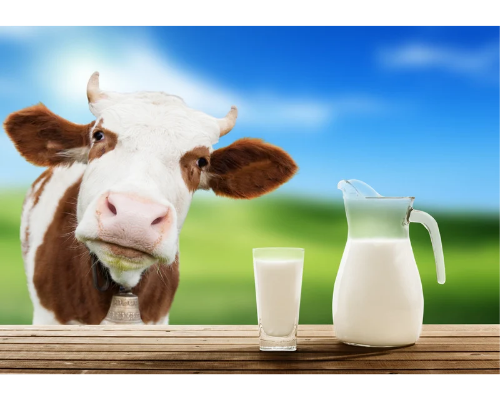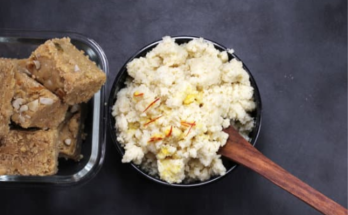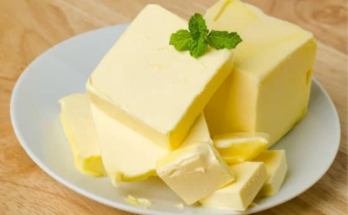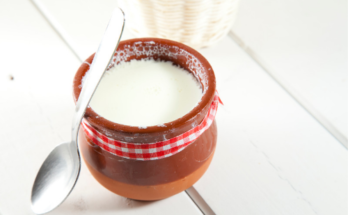Milk is an almost ideal food. It has high nutritive value. It supplies body building proteins, bone forming minerals, and health-giving vitamins and furnishes energy giving lactose and milk fat. Besides supplying certain essential fatty acids, it contains the above nutrients in an easily digestible and assimilable form. All these properties make milk an important food for pregnant mothers, growing children, adolescents, adults, invalids, convalescents, and patients alike.
(a) Proteins: Milk proteins are complete proteins of high quality, i.e., they contain all the essential amino-acids in fairly large quantities.
(b) Minerals: Practically all the mineral elements found in milk are essential for nutrition. Milk is an excellent source of calcium and phosphorus, both of which, together with vitamin D, are essential for bone formation. Milk is rather low in iron, copper, and iodine.
(c) Vitamins: These are accessory food factors that are essential for normal growth, health, and the reproduction of living organisms. Milk is a good source of vitamin A (provided the cow is fed sufficient green feed and fodder), vitamin D (provided the cow is exposed to enough sunlight), thiamine,
riboflavin, etc. However, milk is deficient in vitamin C.
(d) Fat: Milk fat (lipid) plays a significant role in the nutri- tive value, flavour, and physical properties of milk and ntilk pro- ducts. Besides serving as a rich source of energy, fat contains significant amounts of so-called essential fatty acids (linoleic and arachidonic). The most distinctive role that milk fat plays in dairy products concerns flavor. The rich pleasing flavour of milk lipids is not duplicated by any other type of fat. Milk fat imparts a soft body, smooth texture and rich taste to dairy pro- ducts. Lastly, milk lipids undoubtedly enhance the consumer acceptability of foods; they also serve the best interests of human nutrition through the incentive of eating what tastes good.
(e) Lactose: The principal function of lactose (carbohydrate) is to supply energy. However, lactose also helps to establish a mildly acidic reaction in the intestine (which checks the growth of proteolytic bacteria) and facilitates assimilation.
(f) Energy value: The energy-giving milk constituents and their individual contributions are as follows:
Milk fat 9 C/g
Milk protein 4 C/g
Milk sugar 4 C/g
(g) Effect of processing:
(i) Pasteurization carried out with reasonable care has no effect on vitamin A, carotene, riboflavin and a number of remaining vitamins B, and vitamin D. Of the remainder, a 10 per cent loss of thiamine and a 20 per cent loss of ascorbic acid may be expected.
(ii) Sterilization increases the losses of thiamine and ascorbic acid to 30-50 per cent and 50 percent, respectively, though the remaining vitamins are but little affected.





Hmm it appears like your site ate my first comment (it was extremely long) so I guess I’ll just sum it up what I wrote and say, I’m thoroughly enjoying your blog. I too am an aspiring blog writer but I’m still new to everything. Do you have any tips and hints for beginner blog writers? I’d really appreciate it.
I like what you guys are up too. Such intelligent work and reporting! Carry on the superb works guys I have incorporated you guys to my blogroll. I think it will improve the value of my site 🙂
I like what you guys are up also. Such intelligent work and reporting! Carry on the superb works guys I have incorporated you guys to my blogroll. I think it will improve the value of my site 🙂
Hello. excellent job. I did not expect this. This is a splendid story. Thanks!
Precisely what I was looking for, thankyou for posting.